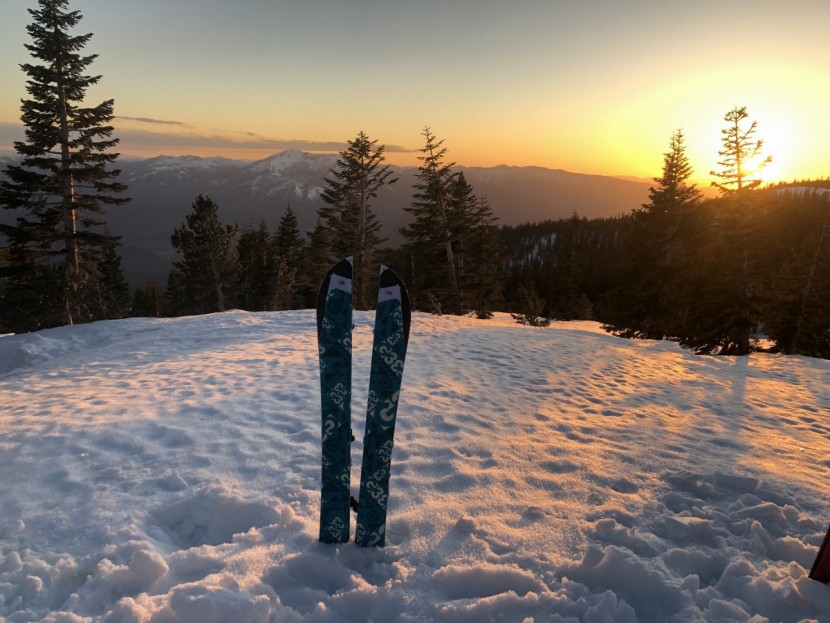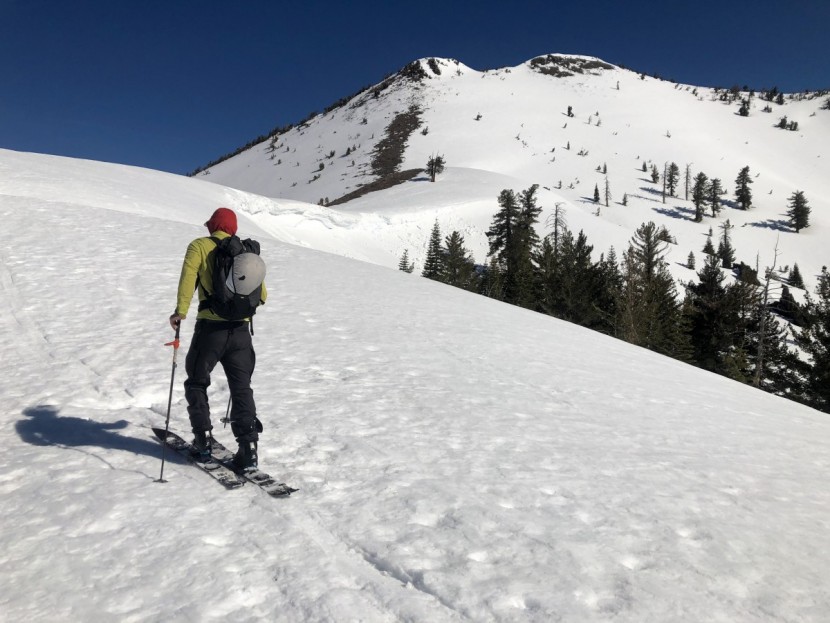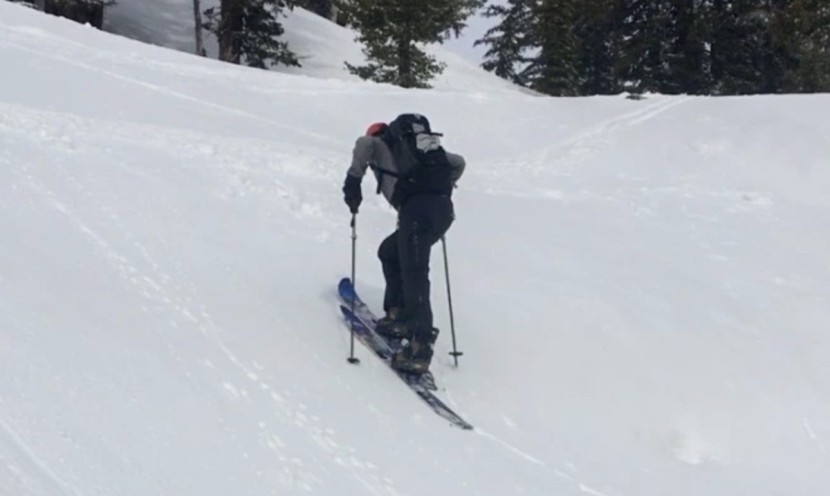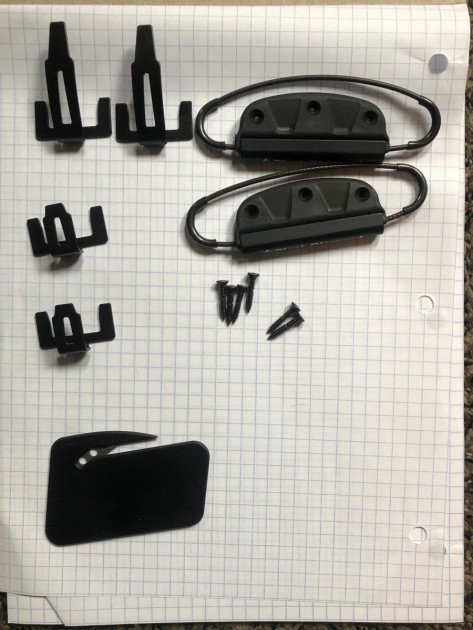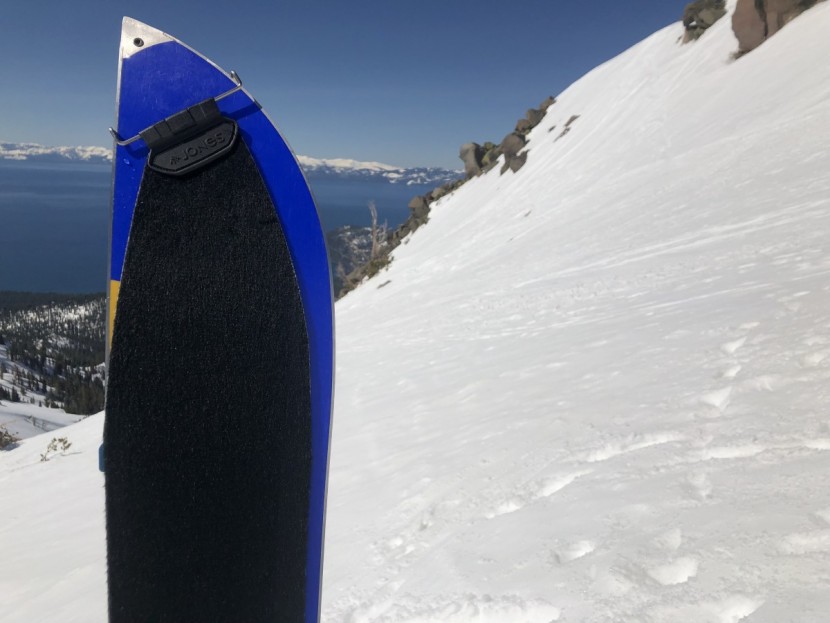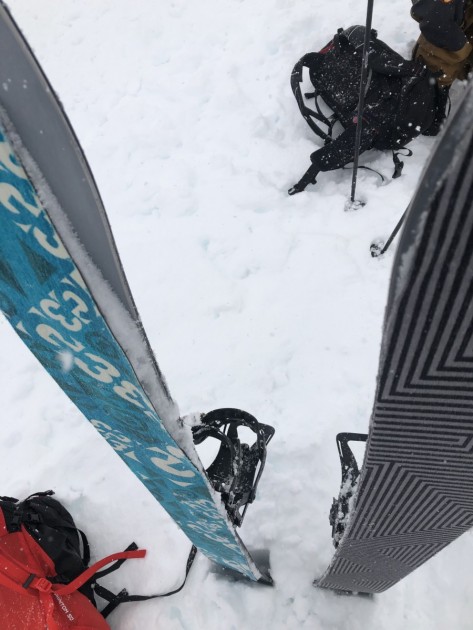Skins are the unsung hero of your touring setup; we rely on them to give us mobility in situations that would otherwise be difficult to navigate. This reliance means it is even more important to put each set of skins through such rigorous testing in world-class terrain and diverse conditions. We spent winters all over the Sierra Nevada Mountain range, from Lake Tahoe to Mammoth. We hit the skin track to execute our mostly field-based plan.
Glide
We assessed glide by ski touring on low-angle terrain in a variety of snow types. To find the nuanced differences in competitors' glide, we used two different models at a time, one on each foot. Additionally, we descended hills in ski mode, straight-lining to put the glide to the test. This was arguably the most fun part of testing.
Grip
We evaluated grip by observing technique requirements; basically, checking how lazy we could get with our form before we began to slip. On the flip side, we did some steep skinning, charging up angles that we would not normally consider efficient, in order to stress test the grip on these skins. Whether this meant staying on the track or finding a steep offshoot to test our limits, it usually resulted in a clownlike scramble when we found the breaking point of our skins and came sliding back down the hill. Humbled, we would note the slope angle and snow condition and move on.
Ease of Use
There are two main ways to look at ease of use: initial setup and day-to-day usage. An easy setup doesn't always mean easy usability on the mountain, and vice versa. We tested both. We began assessing this metric from the minute we started unboxing. We cut, attached clips, and weighed the skins. Each time we handled the skins after that, we noted our experience.
Attachment System
You don't want your skins to slip. Period. We focused on the reliability, security, and adjustability of the attachment systems. The best models would have all three and be user-friendly. We intentionally compromised skin glue to see if the attachment stickiness was sufficient even when it was not fresh out of the box, and used the skins on different board shapes and sizes to find the ones that were better able to adapt.
Glue and Glopping
The bulk of our testing here was strict field observation. Tahoe is one of the best places to test for glopping and carpet saturation, and we had plenty of opportunity to take these skins out in dense, wet snow. In these conditions, we checked for resistance to carpet saturation, resistance to glopping, and glue quality.

